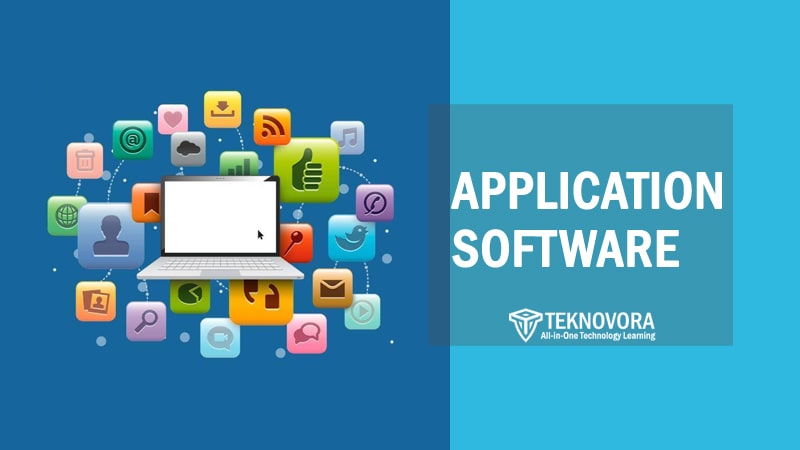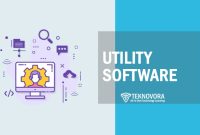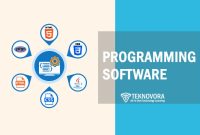Computer Software plays a central role in how we get things done—whether it’s setting an alarm, sending an email, editing a photo, or joining a video call. But not all software works the same way. System software like Windows or macOS runs behind the scenes to keep devices functioning, while application software is what users interact with directly. These are the programs that help you write documents, manage data, stream media, and carry out everyday tasks both at home and at work.
Application software refers to computer programs designed to perform specific functions for end users. Unlike system software, which operates at the hardware level, application software exists to solve real problems, boost productivity, and make complex tasks easier through user-friendly interfaces.
In this article, we’ll explore what application software is, how it works, its different types, real-world use cases, and why it matters in both personal and professional contexts.
What Is Application Software?
Application software is a type of computer program developed to help users perform specific tasks. Unlike system software, which manages hardware resources and provides a platform for applications to run, application software is task-oriented. It serves the direct needs of the user, whether that’s writing an essay, managing finances, designing graphics, or analyzing large datasets.
At its core, application software is built with a user interface that allows interaction through menus, buttons, and visual elements. It’s the software you open deliberately for a purpose—whether it’s Microsoft Word for writing, Excel for calculations, or Spotify for streaming music.
What makes application software distinct is its focus on functionality for the end user. Rather than handling low-level operations like memory allocation or system processes, it operates within a framework provided by system software to deliver tools that are useful, goal-driven, and often customizable.
Key Characteristics of Application Software:
| Feature | Description |
|---|---|
| User-Focused | Designed for specific tasks like editing, calculating, or communicating. |
| Runs on OS | Requires system software to function, such as Windows, macOS, or Android. |
| Graphical Interface | Usually includes buttons, icons, and menus for easier interaction. |
| Task-Oriented | Built with a clear purpose, such as word processing or video editing. |
| Installable or Web-Based | Can be installed locally or accessed via a browser (SaaS). |
In short, application software is what bridges technology with daily usability. It’s what turns computers and smartphones into tools that help us work, create, connect, and learn.
4 Main Types of Application Software
Application software comes in many forms, each built to serve a particular function or audience. Some are designed for general use—like word processors and email clients—while others are tailored for specific industries or tasks, such as accounting software or video editing tools.
Understanding the different types of application software helps clarify how they support personal, business, and institutional needs. Below is a breakdown of the main categories this types of computer software:
1. General-Purpose vs. Specialized Software
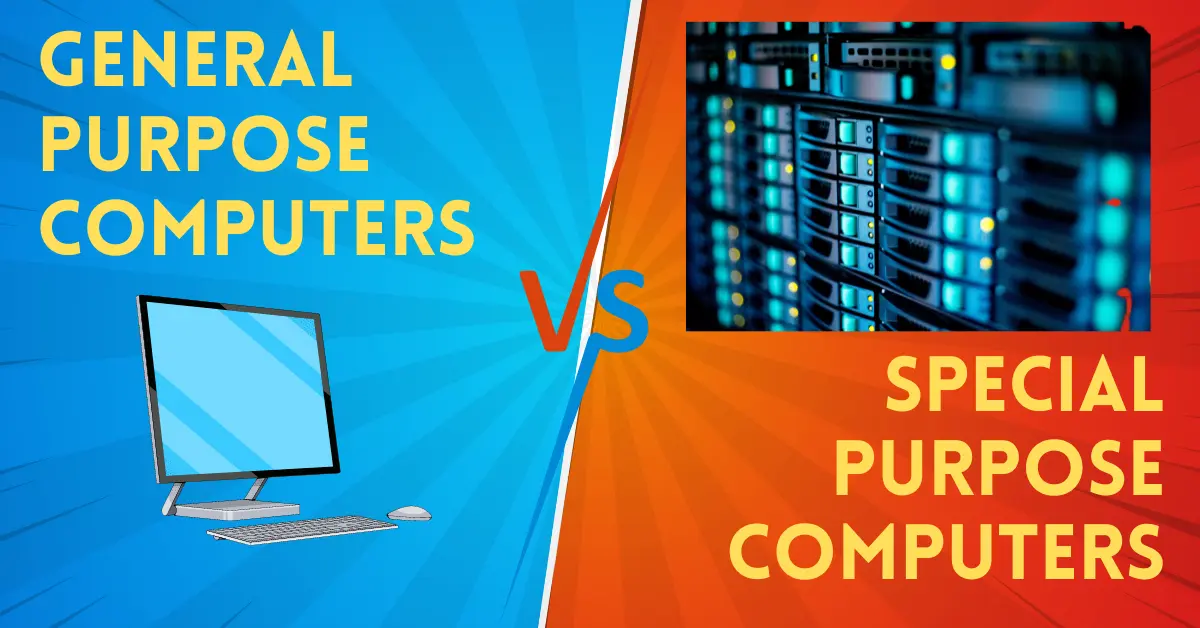
- General-Purpose Software is designed for broad use across industries and user types. Examples include Microsoft Word, Google Chrome, and VLC Media Player. These tools can be used in various contexts without requiring domain-specific knowledge.
- Specialized Software is built for a specific task or industry. Examples include AutoCAD for architects, SAP for enterprise resource planning, and Adobe Premiere Pro for video editing. These applications are feature-rich and cater to professional users.
2. Desktop Applications
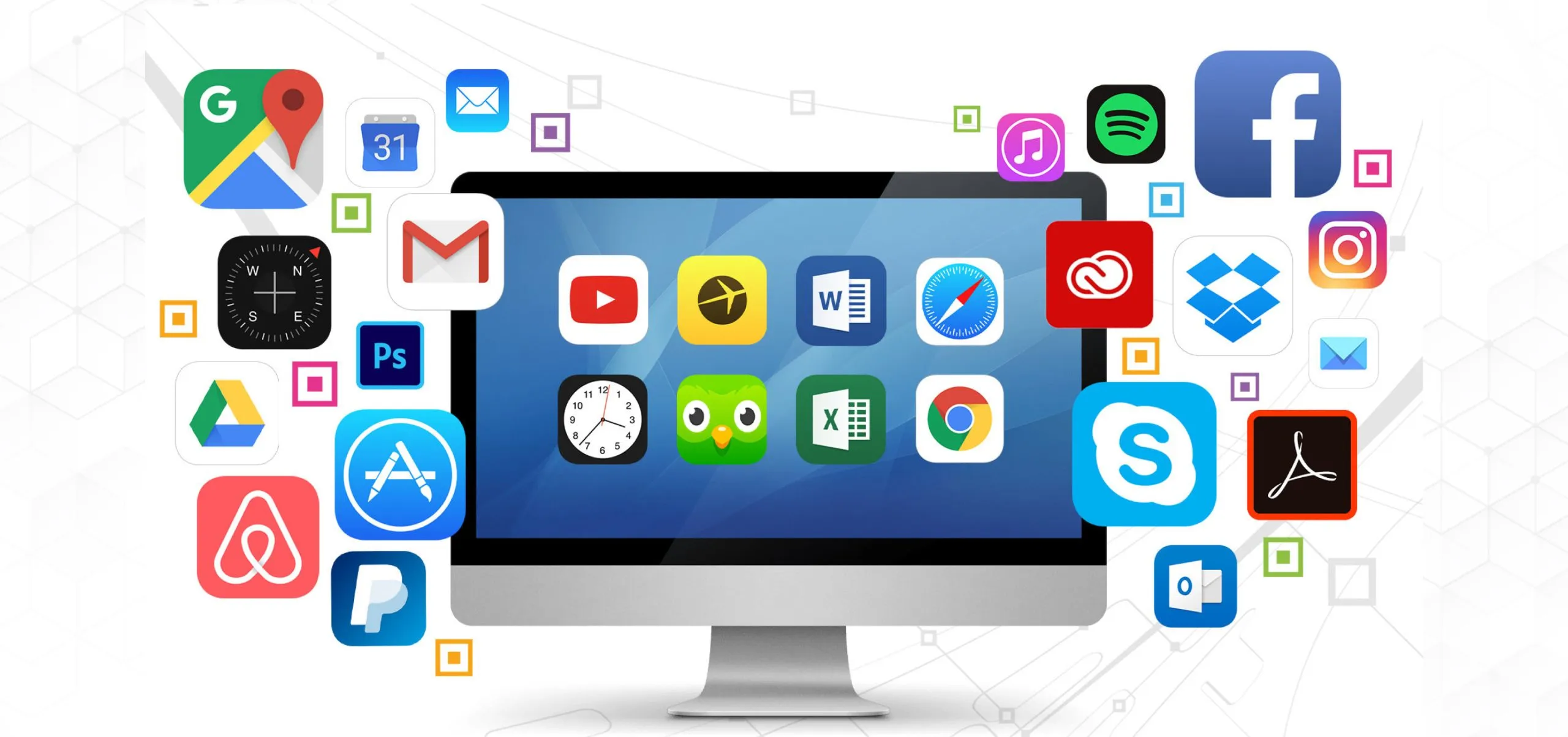
Desktop software is installed directly on a computer’s operating system and runs locally. These applications don’t require internet access (except for updates) and typically offer full functionality offline.
Examples:
- Microsoft Excel
- Adobe Photoshop
- VLC Media Player
Use Cases:
- Document editing, image manipulation, spreadsheet analysis, media playback
3. Mobile Applications
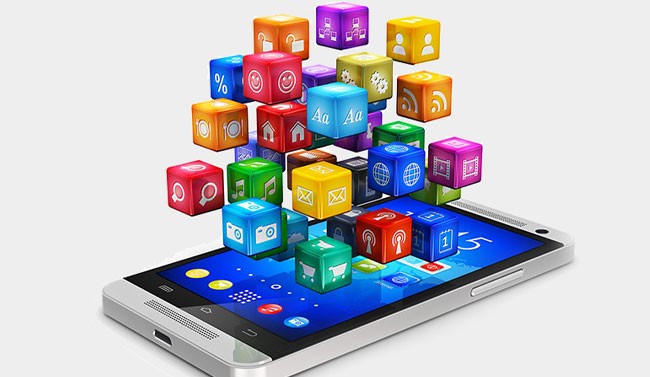
Mobile apps are designed for smartphones and tablets. They are often downloaded via app stores (like Google Play or Apple’s App Store) and optimized for touch-screen interfaces and on-the-go usage.
Examples:
- Google Maps
- TikTok
Use Cases:
- Communication, navigation, social media, entertainment
4. Web-Based Applications (SaaS)

Web-based applications run on remote servers and are accessed via browsers. Known commonly as Software as a Service (SaaS), these tools allow users to perform tasks without installing anything on their devices. They also support collaboration, data synchronization, and automatic updates.
Examples:
- Google Docs
- Trello
- Salesforce
Use Cases:
- Online collaboration, project management, customer relationship management (CRM)
Comparison Table: Types of Application Software
| Type | Platform | Internet Required | Key Examples | Common Use Case |
|---|---|---|---|---|
| General-Purpose | Desktop/Web/Mobile | Optional | Word, Chrome, Canva | Everyday productivity |
| Specialized | Desktop/Web | Optional/Required | AutoCAD, SAP, MATLAB | Industry-specific solutions |
| Desktop Applications | PC/Laptop | No (mostly) | Excel, VLC, GIMP | Local file processing |
| Mobile Applications | iOS/Android | Yes (mostly) | Instagram, Spotify | On-the-go tasks |
| Web-Based Applications | Browser-based | Yes | Slack, Dropbox, Asana | Cloud-based collaboration |
Each type of application software offers unique benefits depending on the task, user environment, and device being used. In the next section, we’ll look at the most common real-world examples across categories.
Most Common Examples of Application Software
Application software is part of daily life—often so seamlessly that many people don’t even think about it. Below are some of the most widely used categories of application software, along with real-world examples for each.
Productivity Tools
These are designed to help individuals and teams accomplish tasks more efficiently. From writing documents to scheduling meetings, productivity software is a staple in both personal and professional environments.
Examples:
- Microsoft Word (word processing)
- Google Sheets (spreadsheets)
- Notion (note-taking and planning)
- Evernote (organization and to-do lists)
Communication Software
Communication tools facilitate messaging, conferencing, and collaboration across distances. These apps have become essential in workplaces, remote education, and personal interaction.
Examples:
- Zoom (video conferencing)
- Microsoft Teams (team collaboration)
- Slack (real-time messaging)
- Gmail (email client)
Multimedia Software
These applications are built for creating, editing, and viewing multimedia content such as images, video, music, and animations.
Examples:
- Adobe Photoshop (image editing)
- VLC Media Player (video playback)
- Spotify (music streaming)
- Canva (graphic design)
Business Applications
Business-focused software supports enterprise operations such as finance, customer relations, project management, and logistics. These tools often come with integrations, dashboards, and workflow automations.
Examples:
- Salesforce (CRM)
- QuickBooks (accounting)
- SAP ERP (enterprise resource planning)
- Trello (project management)
Educational Applications
Used in both formal learning environments and self-study, educational software includes platforms and tools for instruction, testing, and engagement.
Examples:
- Duolingo (language learning)
- Google Classroom (virtual classrooms)
- Coursera (online courses)
- Kahoot! (interactive quizzes)
Each of these examples reflects how application software can serve vastly different needs, from personal creativity to enterprise-level productivity. In the next section, we’ll break down how application software differs from system software.
Application Software vs. System Software
While both application software and system software are essential to the functioning of any digital device, they serve entirely different purposes. Understanding the distinction is key to grasping how software ecosystems operate.
Definition and Purpose
- System Software is the foundational layer that manages hardware resources and provides a platform for other software to run. It includes operating systems, device drivers, and utility software programs.
- Application Software is built on top of system software and is designed to help users perform specific tasks like editing documents, browsing the web, or playing media.
User Interaction
System software works mostly in the background. It’s not something users interact with directly, except perhaps during setup or system configuration. On the other hand, application software is the interface users work with daily—buttons, menus, toolbars, and everything else you see on screen when opening a program.
Comparison Table: Application Software vs. System Software
| Feature | Application Software | System Software |
|---|---|---|
| Primary Function | Performs specific tasks for the user | Manages hardware and system operations |
| User Interaction | Direct—used through a GUI | Indirect—operates in the background |
| Dependency | Depends on system software to run | Operates independently of applications |
| Examples | Google Chrome, Excel, Zoom | Windows, macOS, Linux, device drivers |
| Installation | Optional, based on user need | Comes pre-installed or required to run |
| Updates | Frequent feature updates | Less frequent, more focused on stability |
Analogy for Clarity
Think of system software as the engine of a car—it powers the vehicle and keeps it running smoothly. Application software is like the steering wheel, GPS, or stereo system—it lets you actually drive, navigate, and enjoy the experience. One can’t function properly without the other, but their roles are entirely different.
Next, we’ll explore how application software works—what happens behind the scenes when you open an app, and how it interacts with your device.
How Application Software Works
Application software may appear simple on the surface—just a click or tap to open, followed by intuitive tools and menus. But behind that user-friendly interface lies a complex interaction between the software, the operating system, and the hardware that powers your device.
Interaction with the Operating System
Every time you launch an application, it communicates with the operating system to access essential resources like memory, storage, and processing power. For example, when you open a word processor and start typing, the application sends instructions to the OS to display text, save files, or manage clipboard functions.
This communication happens through a set of standardized protocols known as APIs (Application Programming Interfaces), which ensure the application can request services from the OS without needing to manage the hardware directly.
2. Processing User Input
Applications are designed to respond to user actions—whether you’re clicking a button, typing text, or dragging a file. The software translates these inputs into machine-level commands that the OS can execute. This seamless feedback loop is what makes modern applications feel responsive and intuitive.
Rendering the User Interface
The Graphical User Interface (GUI) of an application is built using visual components like windows, buttons, icons, and toolbars. These are rendered on the screen using system resources, and often rely on libraries or frameworks provided by the OS or third-party platforms (e.g., Qt, Electron, Flutter).
Data Management and Storage
Application software handles data in many ways. Some apps store data locally on your device (e.g., a photo editing app saving images on your hard drive), while others use cloud storage to sync files across devices. Depending on the app, data can be temporary (e.g., a cached video) or persistent (e.g., a saved project or database).
Updates and Maintenance
Modern application software frequently connects to the internet to check for updates. These updates might include:
- Bug fixes for stability or security
- Feature enhancements for new tools or integrations
- Performance improvements to run faster or use fewer resources
Some updates are optional, while others—especially for security—may be mandatory or automatic.
Simplified Workflow Diagram
[User Input] → [Application Logic] → [API Calls to OS] → [Hardware Actions or Output]
This cycle repeats continuously while the application is running, ensuring a real-time experience for the user.
Real-World Use Cases of Application Software
Like Programming Software, Application software plays a critical role across every major sector—enabling individuals, businesses, educators, and even governments to operate efficiently. Its versatility is what makes it central to modern life, far beyond just word processing or browsing the web.
Personal Use
For everyday users, application software powers the tools people rely on to communicate, entertain, and stay organized.
Examples & Use Cases:
- Email apps like Outlook or Gmail for personal correspondence
- Media players such as Spotify or Netflix for streaming content
- To-do list and calendar apps like Google Calendar and Todoist for planning and time management
- Mobile banking apps for checking balances, paying bills, or sending money
These apps are often optimized for ease of use, mobile accessibility, and integration with other tools or devices.
Business & Enterprise
Organizations of all sizes depend on specialized application software to manage operations, data, customers, and employees.
Examples & Use Cases:
- CRM platforms like Salesforce for managing client relationships and tracking sales
- Accounting software like QuickBooks or Xero for financial reporting and tax management
- Project management tools such as Asana or Monday.com for task tracking and collaboration
- POS systems for retail and inventory control
Enterprise application software often includes robust security features, user permissions, and workflow automation.
Education & Learning
The education sector has seen a surge in application software tools that support both traditional and online learning.
Examples & Use Cases:
- LMS platforms (Learning Management Systems) like Moodle or Canvas for course delivery and grading
- Virtual classroom tools like Google Classroom and Zoom for live sessions and assignments
- Language learning apps such as Duolingo or Babbel for personalized skill development
- Interactive quiz tools like Kahoot! or Quizizz for classroom engagement
These applications help educators reach more students while improving access to quality learning resources.
Healthcare & Government
Mission-critical sectors like healthcare and public services rely on application software to streamline services and ensure accurate data management.
Examples & Use Cases:
- EMR/EHR systems (Electronic Medical Records) like Epic or Cerner for managing patient histories and appointments
- Telemedicine platforms such as Teladoc or Halodoc for remote consultations
- Data analysis tools for public health monitoring, e.g., tracking outbreaks or vaccine distribution
- Government service portals for handling citizen services such as tax filing or national ID management
Security, compliance, and accuracy are especially vital in these domains, and application software is tailored to meet those requirements.
Summary Table: Application Software in Real-Life Contexts
| Sector | Example Applications | Purpose / Use Case |
|---|---|---|
| Personal | Spotify, Gmail, Google Calendar | Entertainment, communication, time management |
| Business | Salesforce, QuickBooks, Slack | CRM, finance, collaboration |
| Education | Google Classroom, Coursera | Online learning, virtual classes |
| Healthcare | Epic Systems, Teladoc | Patient records, remote health services |
| Government | e-Gov portals, tax apps | Public services and data access |
Benefits and Limitations of Application Software
Application software has revolutionized how we interact with technology—making complex tasks simpler, faster, and more accessible. However, like any tool, it comes with both strengths and limitations that affect its performance, usability, and reliability.
Benefits of Application Software
Task-Specific Functionality
Application software is purpose-built, which means it delivers features tailored to specific needs—whether it’s designing a presentation, editing a video, or managing payroll. This focus increases efficiency and usability.
User-Friendly Interfaces
Most modern applications are designed with intuitive interfaces, drag-and-drop features, and visual workflows. This lowers the learning curve for both casual and professional users.
Increased Productivity
Whether you’re working alone or as part of a team, tools like Google Workspace, Microsoft Office, or Trello streamline tasks, reduce redundancy, and improve collaboration in real time.
Customization and Flexibility
Many apps allow users to customize their settings, themes, or workflows to suit individual preferences or business processes. Advanced applications often support plugins, extensions, or third-party integrations.
Accessibility and Mobility
With the rise of cloud computing and mobile development, many applications can be used across devices, operating systems, and geographic locations. This makes data and services more accessible than ever.
Limitations of Application Software
Security Vulnerabilities
Any application connected to the internet is potentially vulnerable to threats like hacking, data leaks, or malware. Poorly secured apps can put personal or enterprise data at risk.
System Dependency
Applications depend heavily on system software and hardware compatibility. An app designed for Windows may not run on macOS or mobile devices without a dedicated version or emulator.
Resource Consumption
Some applications consume significant system resources such as RAM, CPU, or storage. This can slow down overall device performance, especially on older or lower-spec devices.
Licensing and Cost
While many applications are free or freemium, professional-grade software often requires paid licenses, subscriptions, or in-app purchases. For businesses, these costs can scale quickly across teams.
Maintenance and Updates
Regular updates are necessary to fix bugs and patch security holes. However, frequent updates can cause compatibility issues or disrupt workflows—especially in enterprise environments with complex software stacks.
Summary Table: Pros and Cons of Application Software
| Benefits | Limitations |
|---|---|
| Specific to user needs | Vulnerable to cyber threats |
| Easy to use and navigate | May not work across all systems |
| Improves productivity | Can slow down performance |
| Customizable and often scalable | Licensing fees can be high |
| Works across multiple platforms/devices | Requires regular maintenance and updates |
Next, we’ll look ahead to what’s coming—emerging trends and the evolving role of application software in a rapidly changing tech landscape.
Trends and Future of Application Software (2025 and Beyond)
As technology advances, so does the role of application software. The next generation of applications is becoming more intelligent, more integrated, and more user-centric—reshaping how we interact with digital tools across industries.
1. AI-Powered Applications

Artificial Intelligence (AI) is increasingly embedded into application software—from grammar correction in writing tools to predictive analytics in business platforms. These capabilities not only automate tasks but also enable smarter decision-making and personalized experiences.
Examples:
- Microsoft Copilot in Word and Excel for AI-assisted content creation
- AI chatbots in customer service platforms
- Image and voice recognition in mobile apps
2. Low-Code and No-Code Platforms

Low-code and no-code tools are empowering non-developers to create custom applications using drag-and-drop interfaces. This democratizes software development and allows organizations to build internal tools without full-stack developers.
Examples:
- Bubble
- Appgyver
- Microsoft Power Apps
3. Cloud-Native and Cross-Platform Design
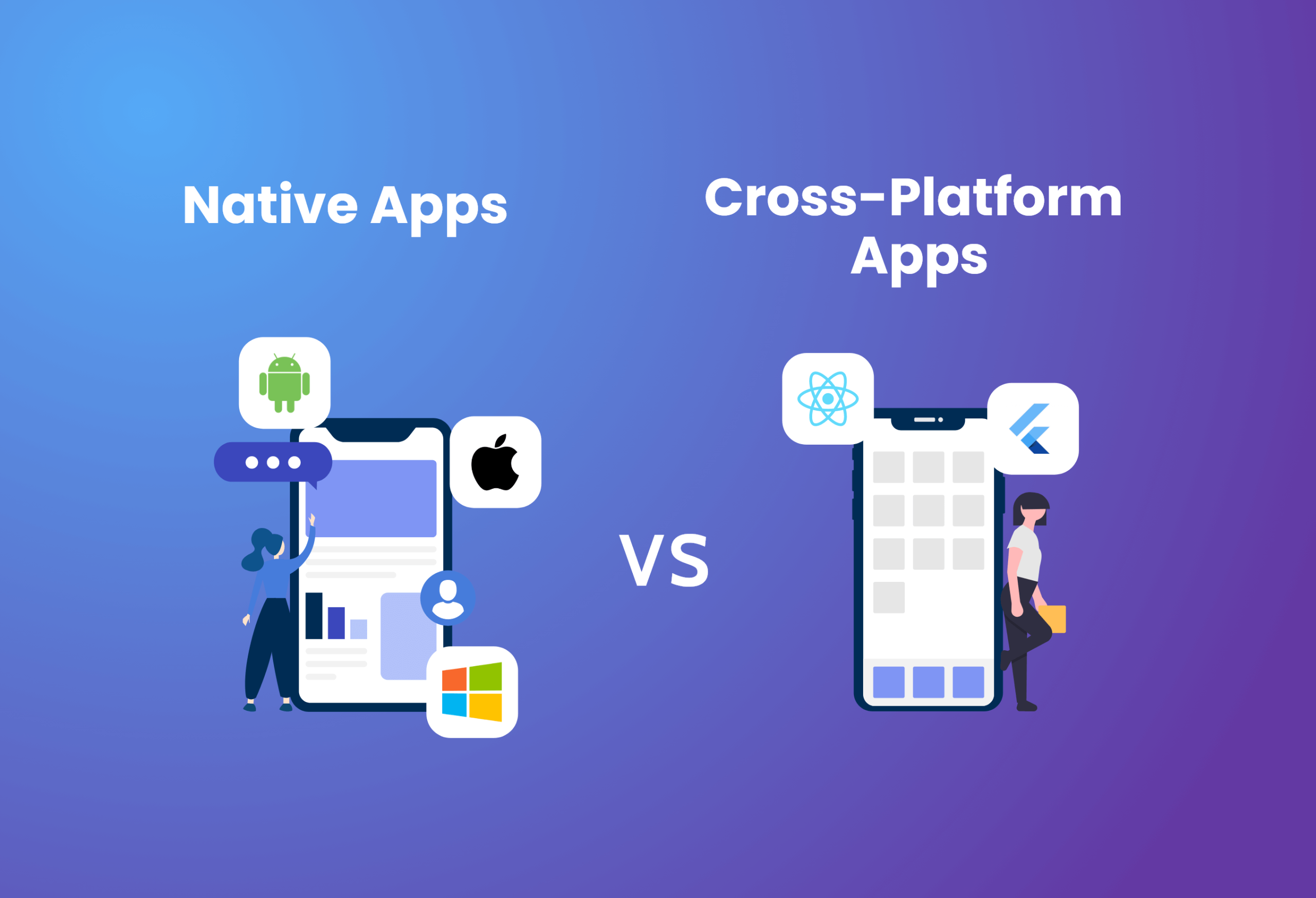
Modern applications are increasingly designed to be cloud-first and platform-agnostic. Whether accessed on a smartphone, tablet, or desktop, users expect seamless transitions and synced data.
Implications:
- Reduced reliance on local hardware
- Real-time collaboration and multi-device access
- Automatic scaling for enterprise use
4. Greater Focus on Cybersecurity

As software becomes more connected and complex, the need for robust cybersecurity grows. Application developers are integrating multi-layered authentication, end-to-end encryption, and user consent mechanisms directly into their software.
Trends to Watch:
- Zero-trust architecture in cloud apps
- Built-in privacy dashboards and controls
- Real-time threat detection features
5. Integration with IoT and Wearables
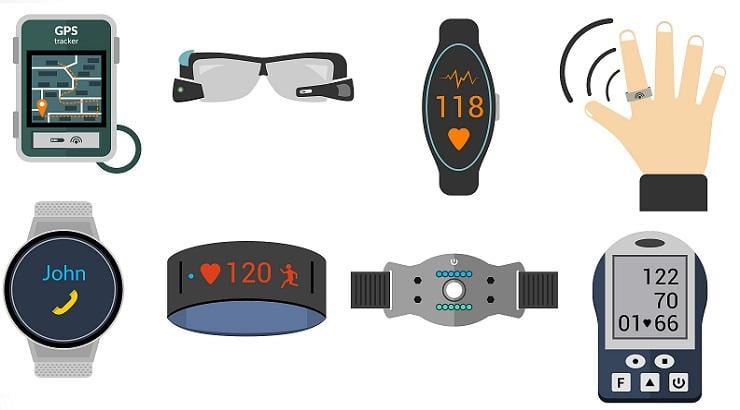
Application software is also expanding into smart environments—working in sync with IoT devices, wearables, and embedded systems. This allows users to control physical systems through intuitive interfaces and data-driven automation.
Use Cases:
- Smart home apps like Google Home or Apple Home
- Health tracking apps integrated with wearables
- Logistics software connected to Internet of Things (IoT)-enabled sensors
6. Hyper-Personalization and Predictive UX
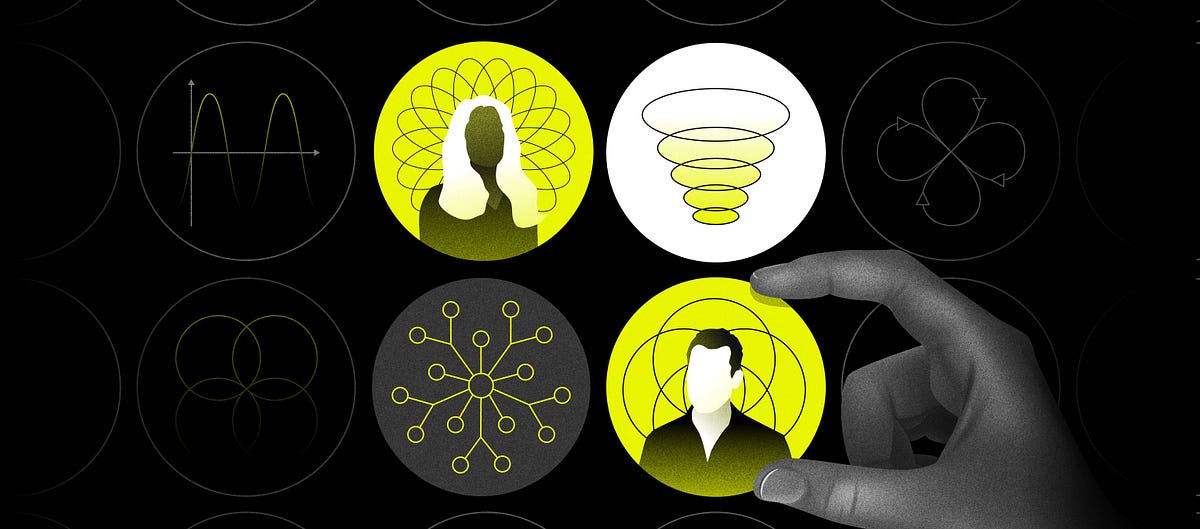
Users now expect applications to adapt to their behavior. With machine learning and behavioral analytics, software can anticipate needs, suggest content, or even automate workflows.
Examples:
- Personalized shopping experiences in e-commerce apps
- Smart scheduling based on calendar patterns
- Adaptive learning paths in education platforms
These trends are not just shaping how software is built—they’re redefining what users expect. The future of application software lies in its ability to be intelligent, secure, adaptive, and seamlessly integrated into every part of daily life.
Conclusion
Application software is at the core of how we interact with technology. It transforms hardware into something meaningful—allowing us to write, create, communicate, learn, manage businesses, and solve problems every day. Whether it’s a simple note-taking app or a complex enterprise resource system, application software enables users to get real things done with speed and precision.
By understanding the types, functions, and use cases of application software, we gain clearer insight into how digital tools shape our productivity, entertainment, learning, and work. The distinction between system and application software is more than technical—it defines the line between backend operation and user experience.
Looking ahead, the evolution of application software will be driven by AI integration, low-code platforms, cloud-native development, and hyper-personalization. For individuals and businesses alike, staying informed about these trends isn’t optional—it’s essential.
In short, application software is no longer just a tool. It’s the interface between human intention and machine capability. Knowing how it works, where it’s used, and how it’s evolving is key to staying effective in the digital era.
FAQ About Application Software
What is the main purpose of application software?
The main purpose of application software is to help users perform specific tasks such as writing documents, managing data, editing media, or communicating online. It serves real-world functions directly through user-friendly interfaces.
How is application software different from system software?
Application software is designed for end users to perform tasks like word processing or video calls. System software, on the other hand, manages hardware resources and runs in the background—such as operating systems and drivers.
What are some common examples of application software?
Examples include Microsoft Word, Google Chrome, Adobe Photoshop, Zoom, Slack, and QuickBooks. These are tools used for productivity, communication, design, or business operations.
Can application software run without system software?
No. Application software relies on system software, especially the operating system, to function. It uses system resources and APIs to interact with hardware and manage processes.
What are the latest trends in application software development?
Trends include AI-powered features, low-code platforms, cloud-native apps, cybersecurity integration, and cross-platform functionality. These advances make applications smarter, more secure, and easier to use across devices.

